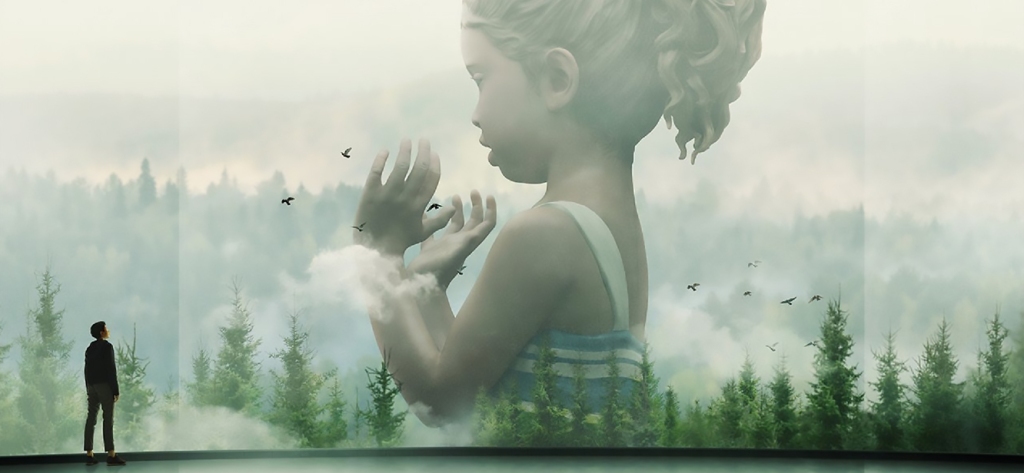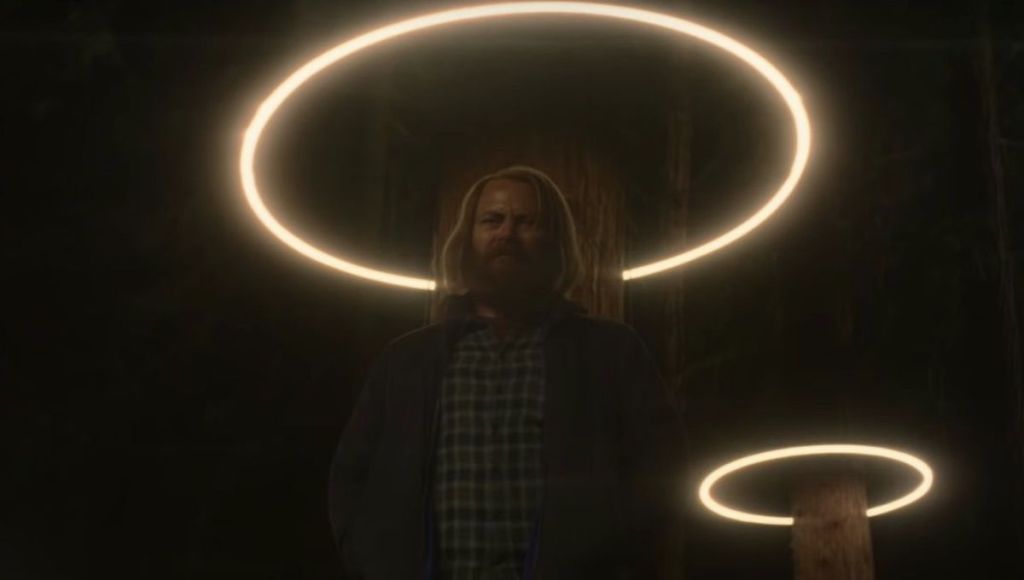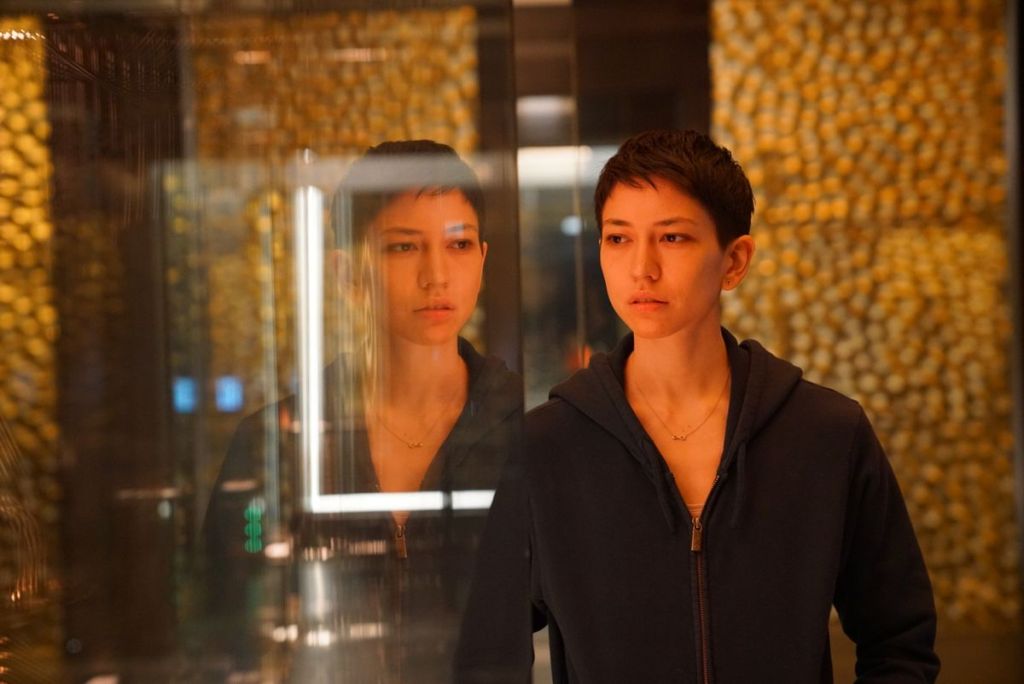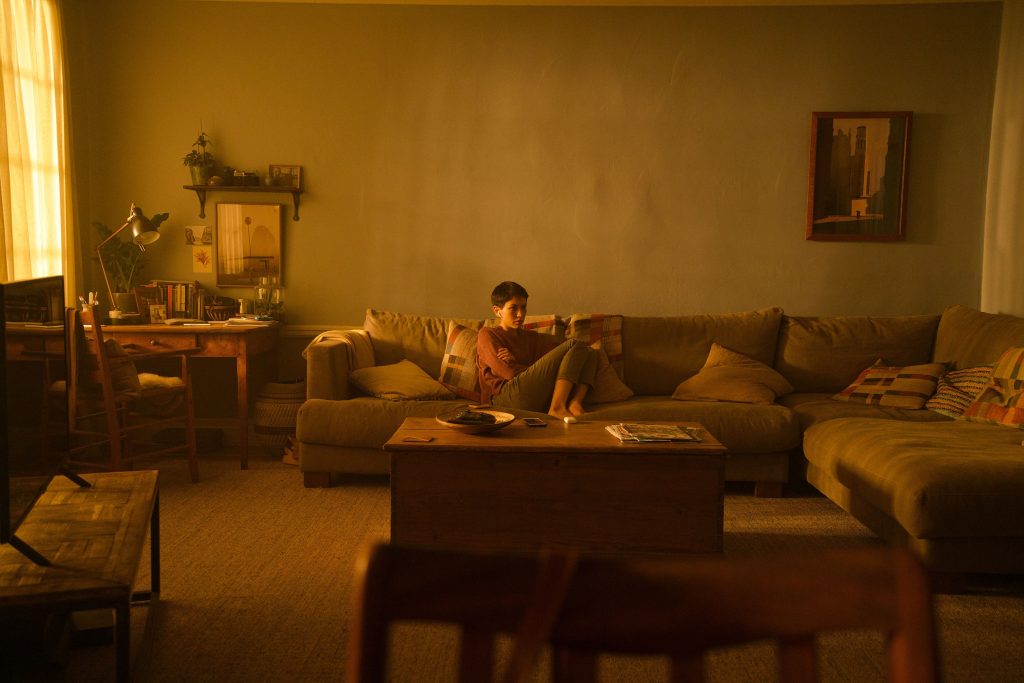
Director: Alex Garland
“A computer engineer investigates the secretive development division in her company, which she believes is behind the disappearance of her boyfriend.”
Alex Garland that left quite an indelible mark with his Annihilation and Ex Machina is now back with a Hulu (FX on Hulu) series largely about quantum computing, the fabric of reality, alternate history, Silicon Valley, affects and technology. It is also true that this base realty of the Silicon Valley has somehow (at least BC/ Before Corona) come to crowd out every other reality. I want to briefly highlight what struck me most about the series, it is a very mysterious, vague, eerie episodes that play with non linearity and temporal paradoxes, so a plot-line synopsis will completely miss the mark. I am also thankful that it avoids all the boring old determinsm-non determinism discussions and all the free will dead alleys. What is more important is what is left unsaid, or where one can extend and speculate with and around this series. It looks and feels in a certain way, which is definitely a lack in most your run-of-the-mill Sci-fi’s. The closest I can think of is the wonderful noir Cold War Sci-fi 1973 World on a Wire by Rainer Werner Fassbinder. In my mind it almost picks up where the other one left.

Devs could be all matter of things, I had good friends who recommended the series (big thx to that) speculating about the title of it even, so I am not gonna continue that venue here. Also no major spoilers I hope.

- It is first I think a quant (?!) entrepreneur space, before it is a quantum computing space hosting the ideas and the very hermetic, secretive environment where the possibilities of quantum computing are slowly emerging as the each episode slowly. It is almost a chosen self-image of West Coast Institutes and Tech Giants. But instead of lofty, Alphabet (Google) AI golems, it’s rather the particular circumstance – it is animated by intimate loss close to home. I can see that it is inspired and could in its turn inspire (fictional?) the design of future enterprises. It also illustrates the quasi- sacral character of such a re-search lab, the secretive self-absorbed atmosphere, where the toughest and most brutal number crunching meets contemporary art meets gnostic ideals, where each level of access or mystery is approached with kabbalistic reverence mixed in with the most vulgar, violent and bloody means.

- It incorporates what Eric Davis (Techgnosis) and others have highlighted, when recognizing that such secular Institutes and limited access facilities exude an almost monastic air, and the more lowly or titillating and profane its actual results, aims or content, the more it speaks to us in tongues. It also speaks of the banality of access & time travel, of surfing history, of prying into the wounds of the past. Its stark, minimalist, highly aesthetic look is a statement of the whole rapture of the nerds maybe. It might be repulsive, sterile but it is what it is, it is made in the image of its maker. And the maker needs to inhabit this floating, suspended fractal golden cube. At the same time this detachment from the lowly, from matter, even its dealing with bodies that are burned, suffocated, drowned speaks about a certain fury applied, a violence suffered and thrown at the flesh it needs to instantiate in order to surpass. It is almost as if bodies have to be martyred in order to achieve any measure of earthly detachment or technological success.

2. Same time there is some incredible almost melodic, tonal interplay of sentiments, they are not just attachments for the audience to approach such a difficult subject, in fact one can feel how these affects that seem almost autonomous, a shadowplay of research into abstruse knowledge. Affects intervene, subtend & promote actions, also interfere, flash forward, move around and lead the whole highly abstract endeavor. What I like is its lack of theoretization, its sub theorizing. Of one needs further metaphysical trajectories one cam search it elsewhere. Devs is almost a key illustration of Rani Lill Anjum and Stephen Mumford have (in more philosophical terms) boldly posited in their path breaking 2018 book – a third modality (“dispositional modality” DM) or tendency, beside the other two – necessity and possibility.

Weird naturalism (to pick on another term employed by E Davis) or weird aesthetics (to use Steven Shaviro’s phrase) is full of such vague incentives, a lure that leads nowhere or to something else, where the affective drive breaks loose, ways in which theyaare effective not only as anchor points of personal history or quest but as oscillating, flipping over constantly into impossible reaches and improbable planes, madness and make believe, false leads and unfinished plans. The most normal, the most homely feels made up in a way that the candy and endearing 1990s schematic VR, especially in movies and musivc videos never made the real feel. It maybe started then, but now every vintage furniture or lighting feels artificial, highly composed and rendered (not surreal in the old sense) but nevertheless compelling and etherReal.
